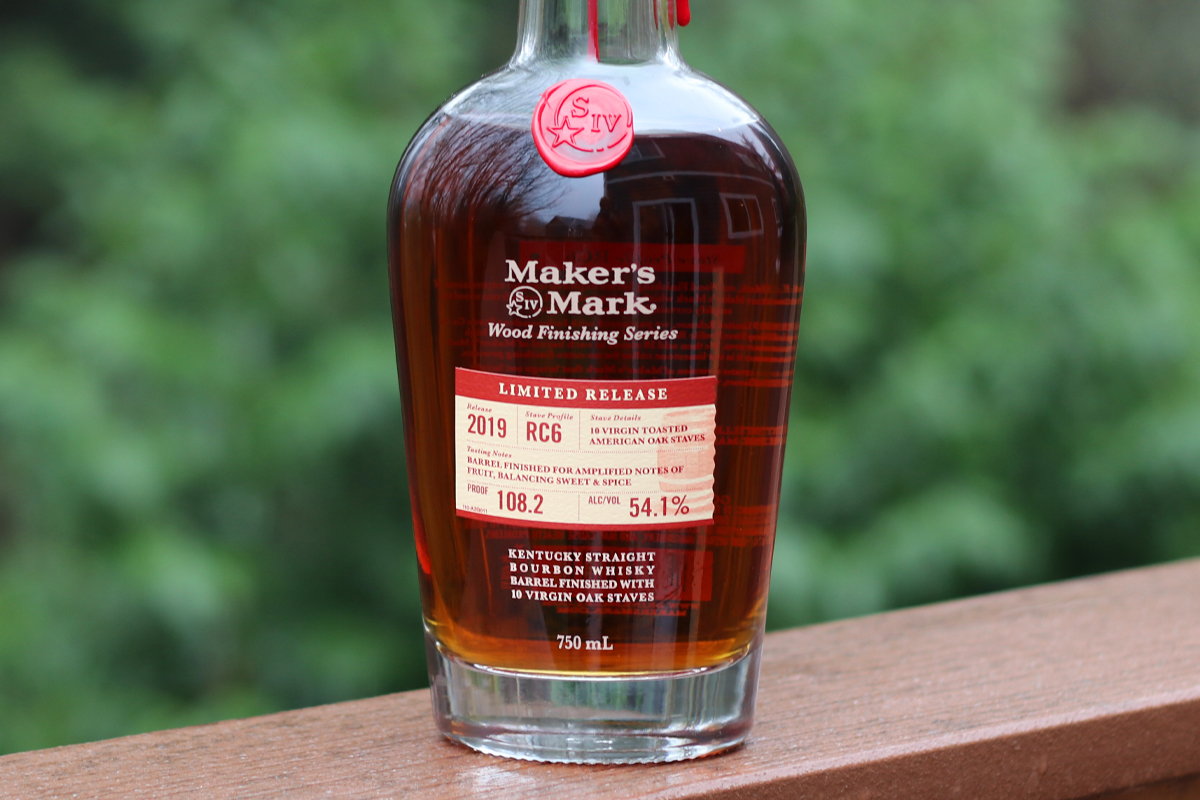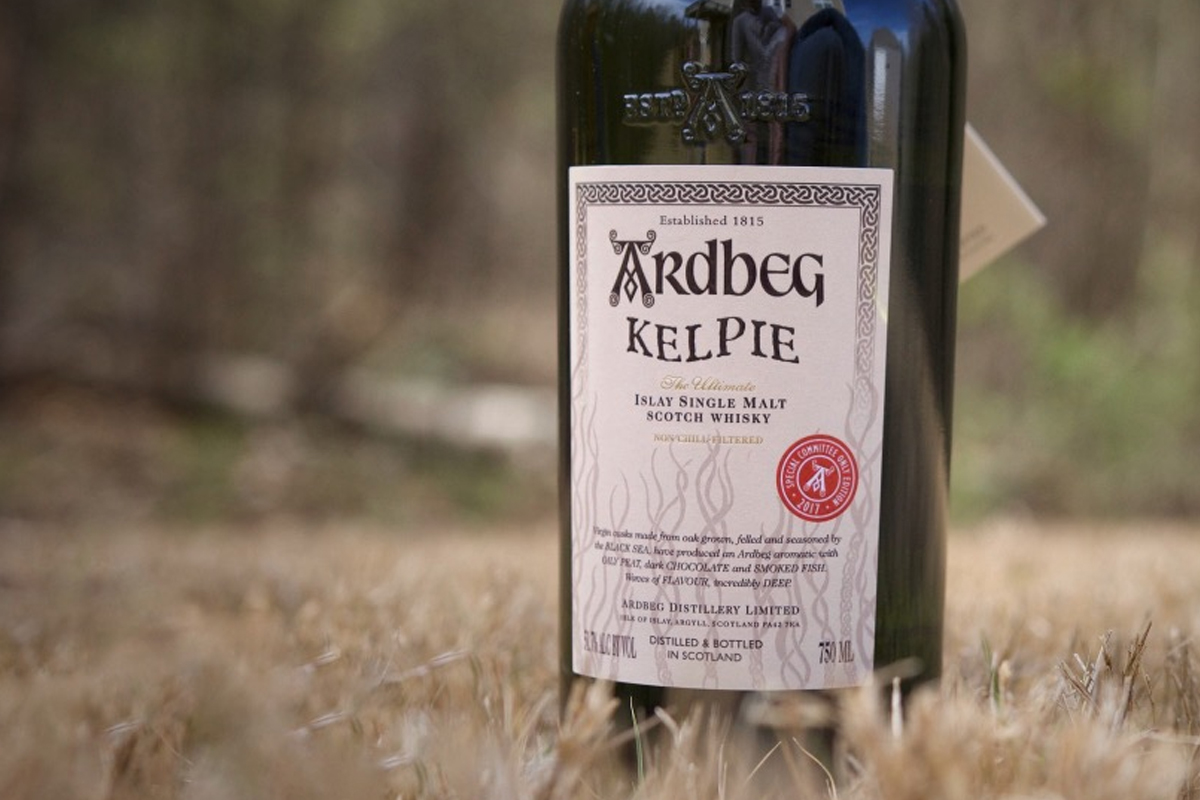While all whiskeys around the world begin with grain as a base ingredient, whiskey styles vary greatly from region to region. Naturally, these different whiskey styles will differ not only in production, but also in flavor. Therefore, it’s a good idea to get acquainted with differences if you’re hoping to select the right bottle to purchase.
Below is a primer on some of the more common whiskeys styles you’ll likely encounter at your favorite bar or retailer.
Bourbon
Bourbon is a style of whiskey that is native to the US. Contrary to popular belief, bourbon does not have to be made in Kentucky. However, many of the legendary brands hail from the Bluegrass State. Perhaps you’re familiar with names such as Maker’s Mark, Wild Turkey or Buffalo Trace?
The dominant grain in bourbon production is corn. However, it’s rare for a bourbon to be made from 100% corn. Typically, a mixture of other grains such as rye or wheat, and malted barley are included in what’s called the mash bill. New, charred oak containers are used for maturation, but there is no minimum aging requirement.
Rye
Although rye is produced in the US, it isn’t the only place where this whiskey style is made. Canada is a huge producer, and the style is gaining traction in other countries such as Germany, the Netherlands, and most recently Ireland.
This whiskey can be made from 100% rye, but the US only requires rye to be a majority of the grain in the recipe. Additionally, new charred oak containers are required for American ryes while other countries have no such restriction. Popular rye brands include Bulleit, Michter’s and Sazerac.
Single Malt
Like rye whiskey, single malt is a whiskey style that can be produced anywhere in the world. However, Scotland is the most renowned, so we’ll go over the basics of this category. Single malt Scotch whisky is made from 100% malted barley and aged for a minimum of three years. The “single” term in the name refers to the fact that it is made at one distillery. Additionally, pot stills are required in production.
The most common barrels used for single malt Scotch whisky are ex-bourbon and ex-sherry casks. But other barrels which aged other spirits such as rum and cognac are allowed. In fact, barrels which formerly held tequila, mezcal and cachaça, among other spirit types, have recently been allowed, so look for those coming soon. Brands to know include Balvenie, Glenlivet and The Macallan.
There are single malts that use peat in the malting process, resulting in whiskies with an added smoky, medicinal flavor. Peat heads enjoy single malt Scotch whiskies from Lagavulin, Laphroaig and Ardbeg.
American Single Malt
American single malt is a relatively new whiskey style with McCarthy’s Oregon Single Malt first hitting shelves in the mid 1990s. As a result, the regulations have only recently been proposed by the Tax and Trade Bureau (TTB) after much lobbying by American distillers. The standards suggested include the use of 100% malted barley in its production. This makes the style more on par with single malt Scotch whisky than bourbon.
However, American single malt isn’t required to be distilled in a pot still like single malt Scotch whisky. Nor are new, charred barrels required for its maturation like bourbon. This leaves quite a bit of creativity for American distillers who choose to make this style. Some brands to look for include Westland, Westward and Stranahan’s.
Blended Whiskey
Blended whiskey can be made by taking any two whiskey styles and blending them together. However, there are some blends that have a few more rules for production. The most popular blends include blended Scotch whisky and blended Irish whiskey. But before we go over these two whiskeys styles, it’s important to go over single grain whiskey.
While you might think that single grain means only one type of grain is used, here the “single” refers to the number of distilleries represented. As for the grain type, it can be made from one or more grains. A couple of popular ingredients are wheat or maize/corn. We won’t get too mired in the production details but suffice to say it is a lighter style of whiskey compared to single malt.
Blended whiskeys in Scotland and Ireland are made with one or more single grain whiskey and one or more single malt whiskey. Furthermore, blended whiskey in Ireland can include single pot still whiskey, but this whiskey style isn’t required. The proportions of these styles can vary in the blend, but all of the whiskeys must be at least three years old.
Popular brands of blended Scotch whisky include Johnnie Walker, Dewar’s and Chivas Regal. As for blended Irish whiskey, names such as Jameson, Bushmills and Tullamore D.E.W. should ring a bell.
Canadian Whisky
Canadian whisky is actually a bit light on the regulations. This gives the makers there a lot of room to create their own house style. As for the ingredients, any cereal grain can be used. Common ingredients include corn/maize, rye, malted barley and wheat. Additionally, it must be aged in Canada for a minimum of three years in “small wood” (barrels no larger than 700L). Finally, it must be bottled at no lower than 80 proof (40% ABV). And that’s pretty much it.
Due to the distance of the distilleries, most Canadian whiskies are the product of one distillery. Furthermore, most distilleries distill and age each ingredient separately. Then after maturation, the blending takes place. One unique aspect of production is the ability to add up to 9.09% of wine or other spirits to Canadian whisky. This often means an addition of fortified wine like sherry, but bourbon or single malt Scotch whisky can also be added.
Canadian whiskies to know include Crown Royal, Canadian Club and JP Wiser’s.
Learn More From Your Whiskey Label
Scan any bottle with the Distiller app to see all the details from age to ABV to country and more! When you upgrade to Distiller Pro you’ll gain access to flavor search, ad-free barcode scanning and more. Plus as an exclusive article discount we’re giving you a free trial month when you use code ‘ARC4’ at checkout.
Discover flavor profiles, read reviews, add your favorites to lists and more! Download here.
With Distiller, you’ll always know what’s in the bottle before you spend a cent. Rate, Review and Discover spirits! Head on over to Distiller, or download the app for iOS and Android today!





